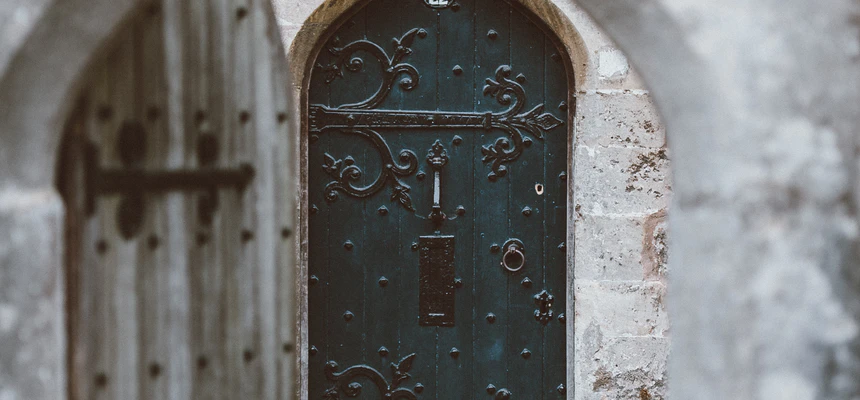
Pope Paschal II was born Ranierius in Bleda, Romagna, a small town in north central Italy. His date of birth is assumed to be between 1050 and 1055. At a young age, Ranierius was sent to the abbey of Cluny, in France, to become a religious monk.
As a young man, still, Ranierius was sent to Rome on abbey business. There he met the great Pope Gregory VII in the mid-1070s. Gregory was so impressed with the young monk that he made him a cardinal-priest of San Clemente. Later, he was appointed papal legate to France and Spain by Pope Urban around 1090. He highly impressed those he met. Shortly after the death of Urban, Ranierius was elected pope, was consecrated on 19 August 1099 and took the name Pascal II. He tried to object to the election, thinking he did not have the qualifications to run a large international organization.
Most of what Pascal dealt with was troublesome. First, there was the ongoing investiture controversy.
Emperor Henry IV believed that he should grant church positions. The popes thought they, only, had that right. His son, Henry V, was just as adamant. At the Diet at Mainz, the German bishops asked Pascal to settle the problem. Not being a diplomatic person, Paschal simply prohibited investiture a few months later. Then he went to France to seek the mediation of King Philip with the empire. The negotiations did not work. So, Henry V invaded Italy with an army, requesting his due imperial crown. In early 1111, Pascal agreed, if Henry would abjure all claims to investiture while compelling prelates of the empire to restore temporal rights and privileges which they had withheld from the crown. The Roman citizens rioted when they heard the terms of the agreement. Henry had to leave Italy. He took Pascal and seventeen cardinals with him.
These eighteen Catholic prelates were imprisoned for two months. Prince Robert of Capua (a Norman) tried to rescue them with his army but was repulsed. Wavering, Pascal finally guaranteed rights of investiture to Henry, who was then crowned at St. Peters in April 1111. After garnering a promise of no revenge, Henry went back to Germany. At the Council of Vienne, in October 1111, Henry was excommunicated, then Pascal declared all his concessions null and void due to the violence the following March.
Meanwhile, King Henry I of England had exiled St. Anselm, Archbishop of Canterbury, because Anselm refused to allow him lay investiture. The compromise was to give the pope, via Anselm, investiture rights. In exchange, the king got the right to nominate those for vacant benefices. Within just a few years, Henry started calling councils and transferring bishops without the sanction of the pope. He was threatened with excommunication.
WHEN HE WAS NOT ARGUING INVESTITURE…
Alexios, the Byzantian emperor, tried to bridge the schism that had existed since 1054. But, Pascal insisted that the Patriarch of Constantinople would have to recognize the pope’s primacy over all the churches of God throughout the world. The Patriarch would not do that.
Some of his activities did not focus on diplomacy. In 1084, the Normans overran and destroyed much of Rome, including the ancient church of the Four Holy Crowned Ones. A generation-plus later, Pascal had the church rebuilt, on a slightly smaller scale.
In February of 1113, Pascal confirmed the order of the Hospital of St. John of Jerusalem. It was declared to be exempt from all authority save that of the pope. This was only fourteen years after the capture of Jerusalem. That order is now called the Order of Malta.
In 1116, Pascal issued a crusade for the capture of Terragona, Spain at the request of Spanish nobles. This was the second official crusade.
Matilda of Tuscany died in 1115. It was claimed that she was going to leave her land to the Church but there was no document calling for that. Henry V claimed her land as an imperial fief. Her land included much of Rome. This required Pascal to flee. He was gone for three years until Emperor Henry decided to go home. In early 1118, Pascal was able to return to Rome. He died days later, 21 January 1118, amidst renewed rioting. A sad end to a man who really tried hard to maintain the Church!
Originally published at: POPE PASCAL II AND CONTINUED TROUBLES (catholic365.com)
For more reading on this subject: THE CRUSADES AND POPE URBAN II – Lanternarius Press

Recent Comments